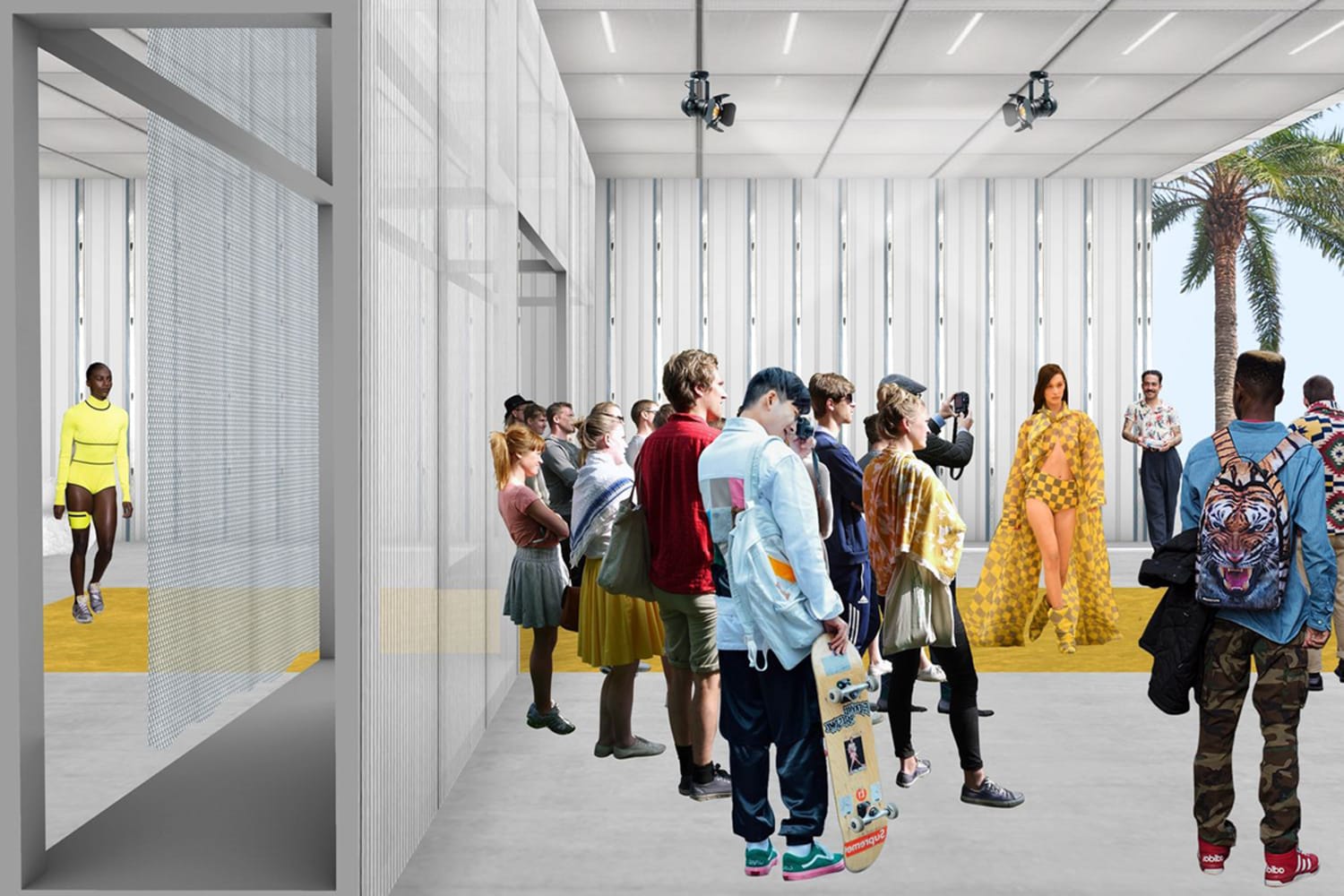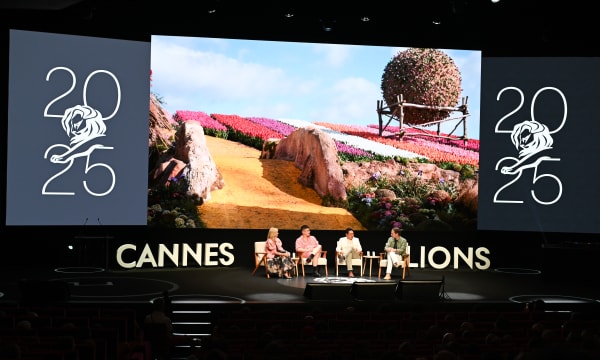The future of events is being built on a foundation of flexibility. From arenas to cafés, the latest constructions employ hybridized design for adaptable, multipurpose use—ushering in the next generation of gathering spaces.
The rise of the multispace.

Architecture studio Populous unveiled plans for a multipurpose arena in March 2021. The Toronto venue, unnamed as yet, is being created to host everything from operas to esports tournaments and is projected to open in 2025. The design combines elements of traditional theaters and sports arenas for hybrid functionality. “The design of the theatre was neither conceived as a sports arena nor an opera house,” says Populous senior principal Jonathan Mallie, “rather, a new typology that straddles the two.”



Burnside, an art-cum-culinary space designed by the Snøhetta design practice, opened in Tokyo in February 2021. The space was created to be multimodal, transforming from a café during the day to a restaurant or club at night. “The transition between day and night, cafe and lounge, is a driving theme for the interior design,” explains Snøhetta. Custom elements such as interlocking collapsible tables can be joined together as a catwalk or folded away to accommodate a dance floor, while a curved, sliding partition can turn the stage-like kitchen into a gallery space. “The design is about versatility,” Snøhetta cofounder Craig Dykers told Wallpaper.

Virgil Abloh’s Off-White flagship in Miami was also designed with adaptation in mind. The space, which opened in August 2020, reimagines the function of brick-and-mortar stores. When designing the store, Samir Bantal, director of architecture firm OMA’s research arm AMO, asked himself: “If we’re able to kind of fulfill our needs by ordering a lot of things online, what’s the role of a physical store?” The answer, according to Abloh and Bantal, is a flexible amalgam of retail operations and cultural events. The design, therefore, can accommodate everything from a runway show or a concert to a café to an ecommerce fulfillment center. “It’ll be what the environment needs it to be, rather than the betting on: hey, this square footage needs to be used for retail 24/7,” Abloh told Dezeen. “Who knows… I might turn it into, like, an Uber delivery of Off-White—that’s the freedom.”

The result is “a space that is adjustable and transformable over time,” Bantal explained. “You almost push everything that is retail and compress it in the space behind… while the space in front of that facade is completely open and free, and can be used for any function.” The blank-slate aesthetic mirrors this adaptability, with unadorned corrugated metal walls, simple shelving and pale concrete floors.
Catering to the rise of flexperiences (see trend #36 in “The Future 100: 2021”), these crossbreed venues that can nimbly transition between multiple applications are replacing niche, specialized spaces. As Owen Hopkins wrote for Dezeen, the emerging architectural movement is an acute symptom of the times: “Multiform is not a style, but the architectural manifestation of our present moment of profound political, economic and cultural flux.”
Please provide your contact information to continue.
Related Content

This 'Unfair Glass' Gives a Powerful Water Crisis Message to World Leaders

